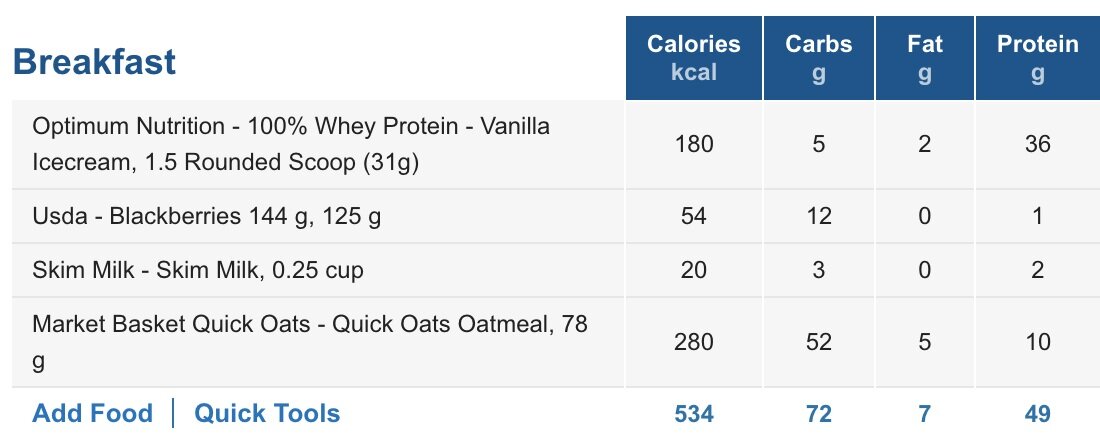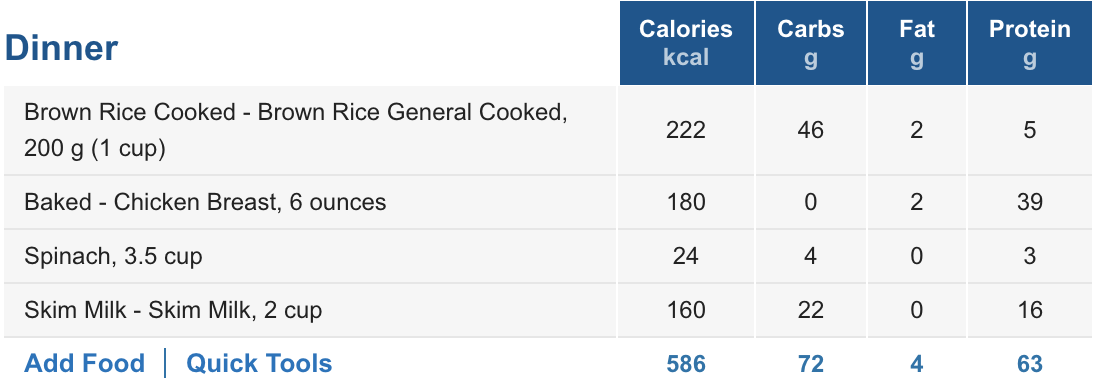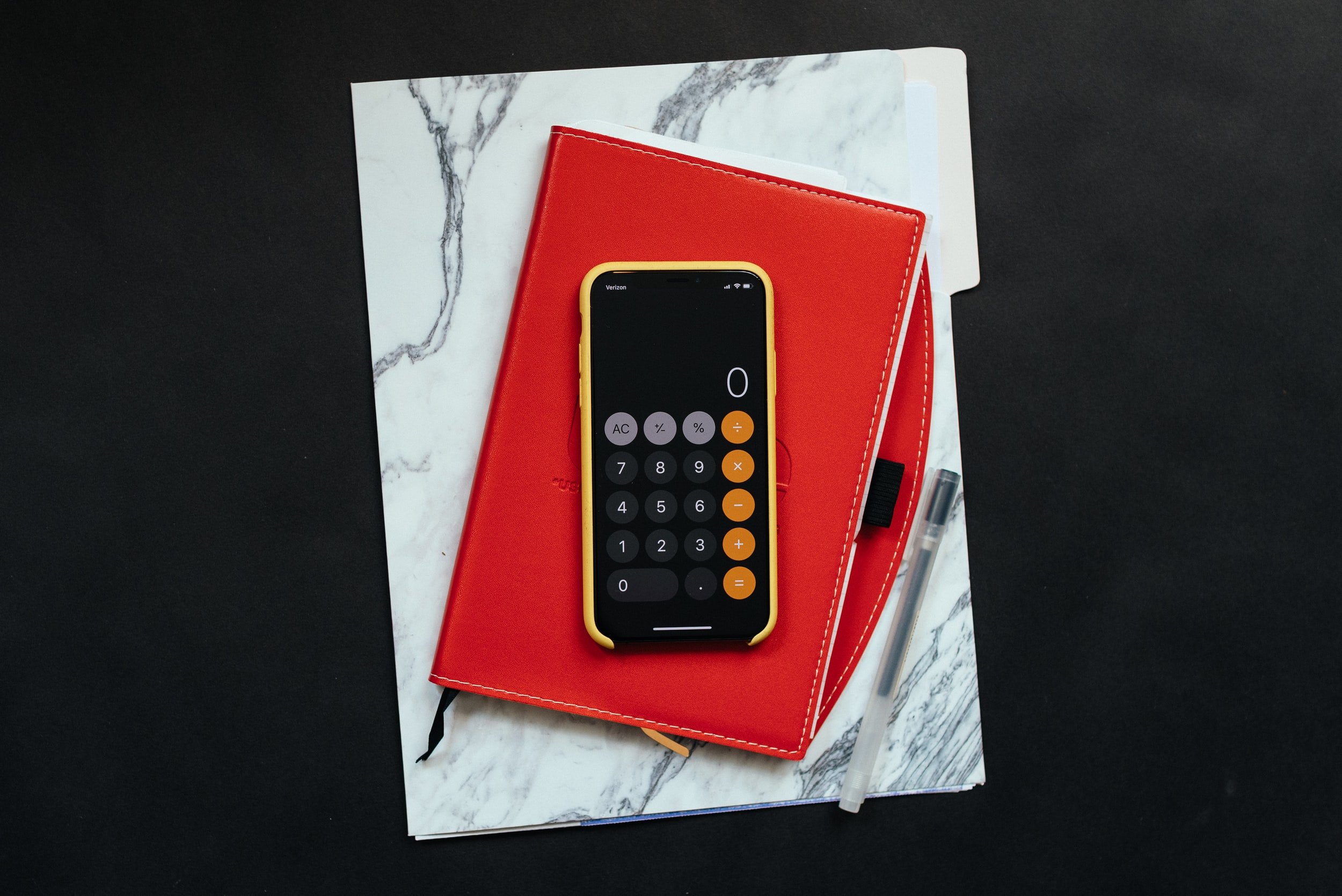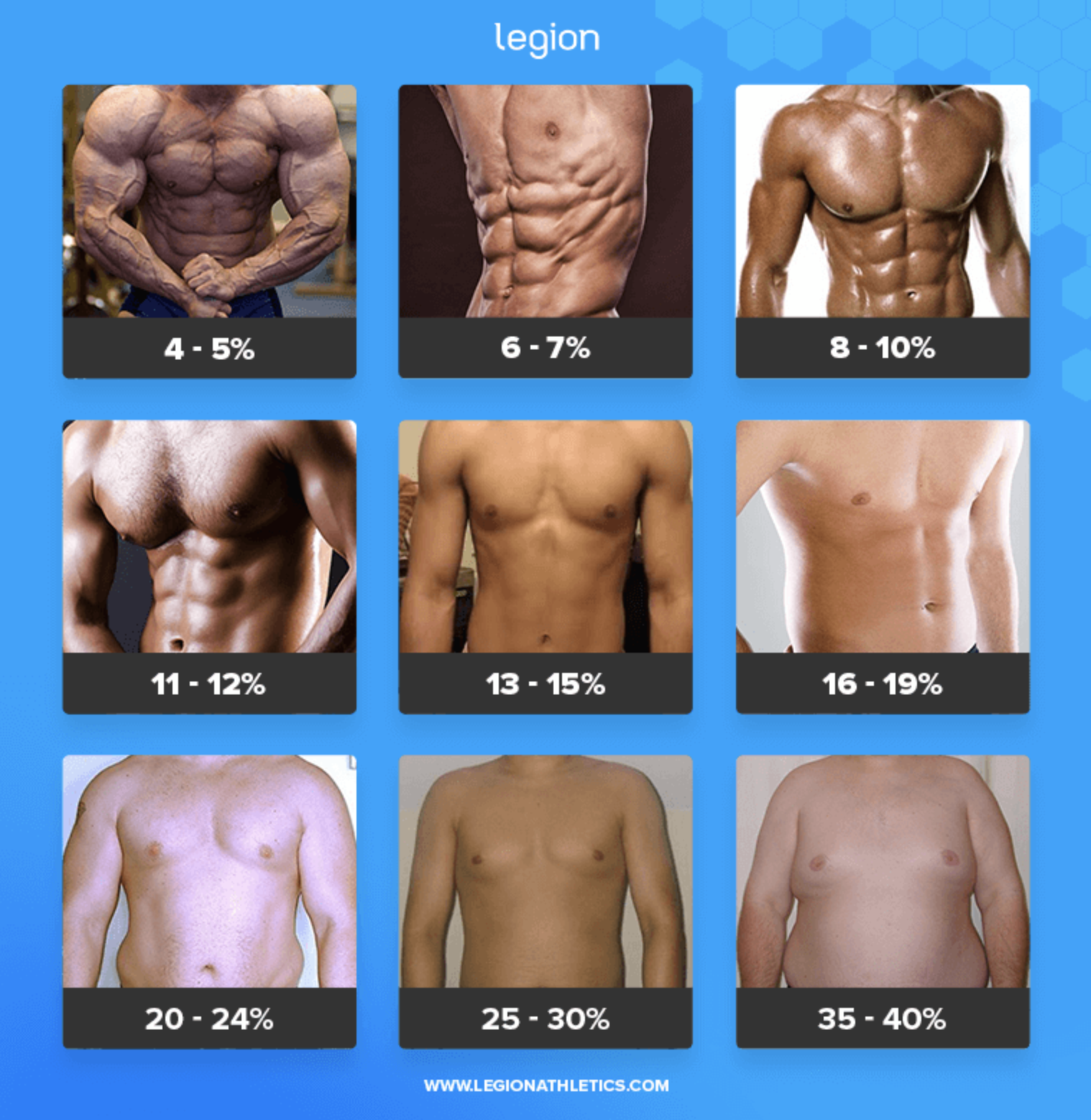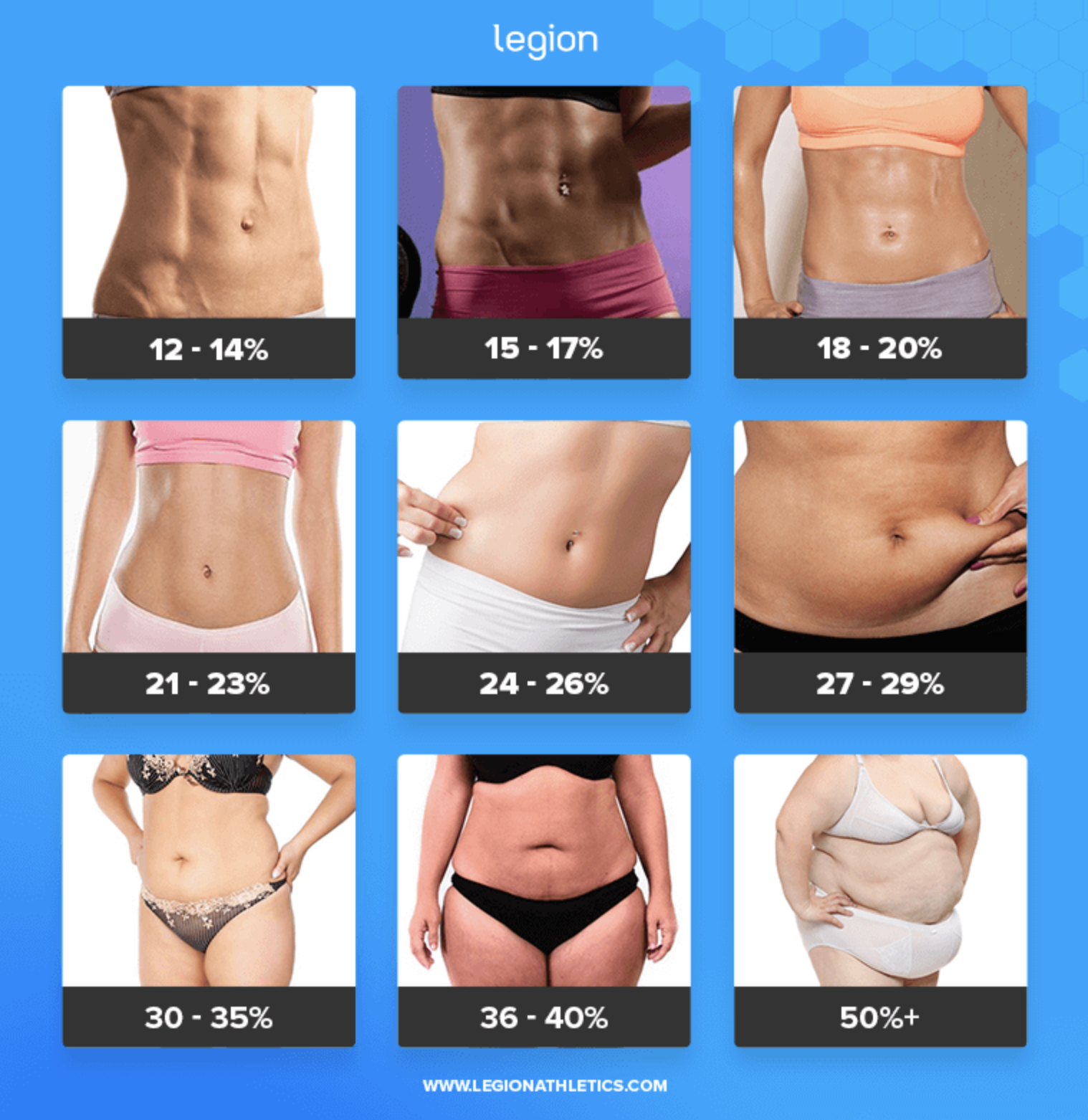I’ve gotten several questions about what it looks like to eat 200 grams of protein in a day, which is my current goal, and this is my attempt to show you what I am doing by explaining an entire day of eating.
Before I go into all of the details, I am choosing to eat 200 grams of protein because that is my “goal weight.”
If you refer back to this article from Andrew, you can see different ways to calculate what your protein intake should be.
Example Day of 200g of Protein
BREAKFAST
This is one of my normal variations of oatmeal that I will have for breakfast.
I love mixing my protein powder with oatmeal and much prefer milk over water to aid in the mixing process for taste and a little protein boost.
I usually just buy whatever berries are on sale to throw on top.
Here is another variation of my morning oats if this doesn’t look as tasty to you.
LUNCH
This lunch might be a little higher in fat than I would like, but right now it works for me and it is super tasty!
I am getting all of my protein here from natural sources which is always nice; sometimes three protein shakes a day gets annoying. If you want to limit the fat as well, you could switch to using only egg whites or remove the cheese altogether.
AFTERNOON SNACK
Nothing special about this snack other than I really love pretzel sticks. Also, shoutout to a friend who shared these specific pretzels with me. They are the absolute best.
DINNER
As boring as it sounds, chicken and rice in some form is a pretty common combination for me.
I try to spice things up by using different recipes and cooking the chicken different ways and using different vegetables each meal prep.
Boneless, skinless chicken breast is one of my personal staples for my current fat loss diet.
The spinach here was sautéed in a fat free spray, which caused it to taste a little more sad than if I had used olive oil, but I have to cut out things here and there for my goals!
EVENING SNACK
As you can see, I finished off my day by drinking another protein shake (with water this time) and also treated myself to a spoonful of almond butter for desert.
The idea of having a spoonful of almond butter for desert might not excite most people, however, it is a really great compromise for me to get something that is very sweet and enjoyable into my diet.
Looking Back At My Day
Overall this was a very good day in regards to how much protein I ate, and where my calories were coming from. I am always happy to have a day where I can limit the amount of processed foods in my diet, and I always seem to feel better after a day of eating like this.
The adjustment of coming from a bulking diet to a fat loss diet was tough at first, but the human body is pretty incredible.
For example, I was eating almost twice as many calories as what this entire day shows when I was bulking and there is no way I would’ve thought this amount of food would have filled me up.
After a few weeks of dieting, my stomach has adjusted to what I am feeding it, and this amount of food kept me satisfied all day.
Also, keep in mind that you don’t have to track your calories meticulously to achieve exciting fat loss outcomes. This is just the methodology I’ve chosen based on what works well for my own lifestyle.
If the thought of tracking your calories is overwhelming to you, I highly recommend you check out this article called “How to Improve Your Body Composition Without Tracking Calories.”
And finally, we do offer online body recomposition coaching for anyone who is looking to enter into that next level of commitment and accountability.
If that has your curiosity piqued, click here to learn more about how it works and how to apply.

